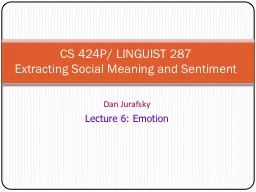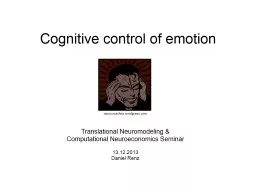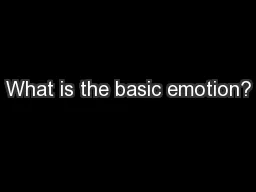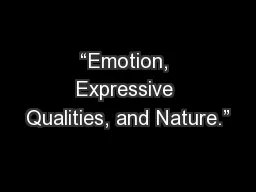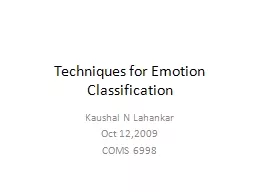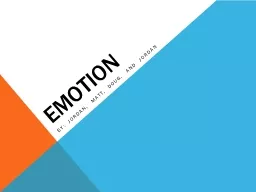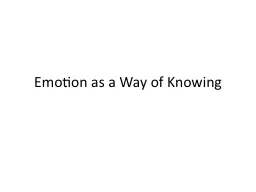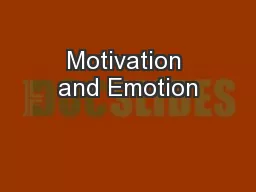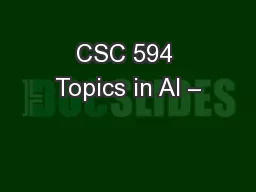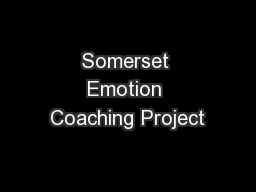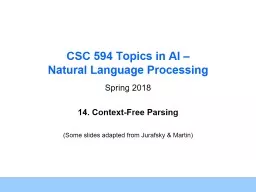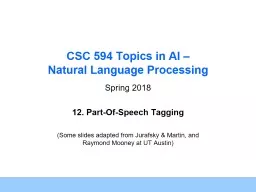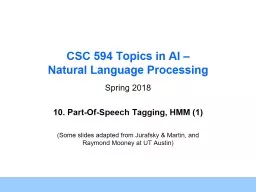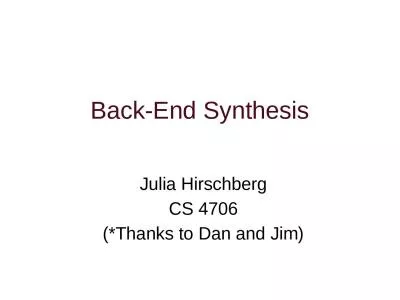PPT-Dan Jurafsky Lecture 6: Emotion
Author : phoenixbristle | Published Date : 2020-06-20
CS 424P LINGUIST 287 Extracting Social Meaning and Sentiment In the last 20 years A huge body of research on emotion Just one quick pointer Ekman basic emotions
Presentation Embed Code
Download Presentation
Download Presentation The PPT/PDF document "Dan Jurafsky Lecture 6: Emotion" is the property of its rightful owner. Permission is granted to download and print the materials on this website for personal, non-commercial use only, and to display it on your personal computer provided you do not modify the materials and that you retain all copyright notices contained in the materials. By downloading content from our website, you accept the terms of this agreement.
Dan Jurafsky Lecture 6: Emotion: Transcript
Download Rules Of Document
"Dan Jurafsky Lecture 6: Emotion"The content belongs to its owner. You may download and print it for personal use, without modification, and keep all copyright notices. By downloading, you agree to these terms.
Related Documents

